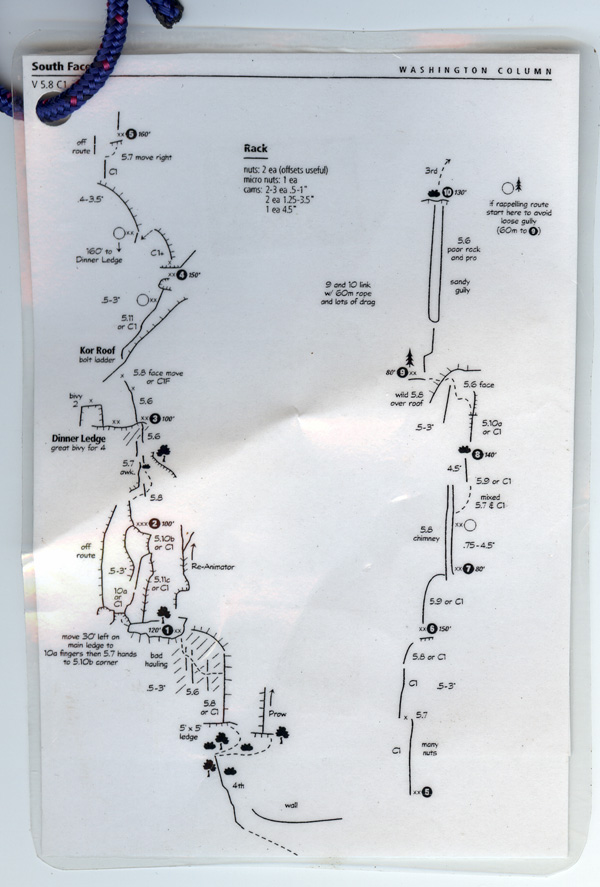BACK TO SCHOOL ROUTE MAP
2012-08-21
by Richard White
 It’s August, and most of the teachers I know are easing out of the summer vacation and into getting ready for the new school year. If you haven’t busted out your planner (or perhaps you’re using a spreadsheet, or a Google calendar, for your planning?), you’d better get on it. Labor Day is just around the corner!
It’s August, and most of the teachers I know are easing out of the summer vacation and into getting ready for the new school year. If you haven’t busted out your planner (or perhaps you’re using a spreadsheet, or a Google calendar, for your planning?), you’d better get on it. Labor Day is just around the corner!
There’s a whole lot of insanity that happens during the school year, and it seems like we’re often living day-to-day, with the grading, and the writing emails to parents, and the meetings. Often, there just doesn’t seem to be time to step back and take a look at the Big Picture of the school year. There’s a lot to be said for bringing a scrappy, seat-of-your-pants renegade enthusiasm to your work—Middle School teachers practically thrive under those conditions, God bless ’em—but it’s valuable to be able to maintain some sort of overview of things, even in the midst of the trauma of daily life.
Have you considered a route map?
I had the good fortune to do a 3-day rockclimb up the sheer face of Washington Column, a “big wall” that faces Half Dome in Yosemite National Park. This is one of those climbs that you hear about on National Geographic Explorer, with the loads of gear, and the sleeping on hammocks, and cracked lips and blistered fingers. A former student of mine led me up “The Prow,” and it was awesome.
We had a route map for the climb, a copy for each of us, laminated and clipped to our harnesses where we could access it at a moment’s notice. It wasn’t a step-by-step guide or anything. We had 1100 feet of vertical climbing to do, and there was no way the little map could give us enough information—we ascended the rock with shoes and handjams, ropes and camming units—but as a small-scale guide to significant features, landmarks, and ledges, it was invaluable.
Many textbooks provide students with a route map for their course of study. Chapters and sections are where the work gets done, but we all agree that an overview of the year gives students a valuable context into which they can place their learning.
In the same way, having a route map for your school year is a great way to maintain an overview of where you are and where you’re going this school year. A piece of paper with some goals or deadlines or milestones is a nice way of keeping your perspective, even as the day-to-day grind grabs most of your attention.
It doesn’t even have to be a separate document, although that can be a nice way of keeping the route map from getting lost. You can mark milestones on a daily calendar if you like, although again, those items risk getting lost in the large-scale of a daily schedule. Some people use Project Planning software, although that seems to involve levels of infrastructure that fall far beyond the needs of most classroom teachers I know.
Some of the items I include on my own School Year Route Map:
* August – Order lab materials for new school year.
* August – Get course website up and running one week before school starts.
* September – Welcome email to all students and parents, with online grade info
* September – Photos and assignments ready for Back-to-School night.
* November – Write comments for First Quarter grades.
* December – Create/post first semester Extra Credit assignment.
* January – Materials prepped for second semester elective
* January – All grades completed ahead of semester end
* January – Server available for second semester programming class?
* January – Classroom workstations available for second semester programming class.
* January – Meet w/ school director to coordinate second semester field trip
Again, it’s not like any of these are a surprise to me when I sit down to think about it. But the route map keeps me oriented, and reminds me that I need to take care of these items—they will all, at some point or another, find their way onto my daily schedule.
Best wishes for the coming school year!